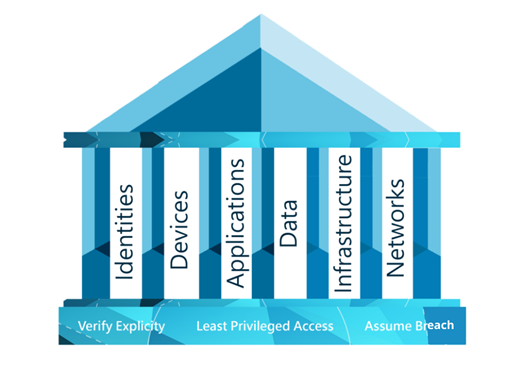
Ready for some hard facts?
- 19 percent of UK businesses take between 1 week and 1 month to recover from a data breach
- 52 percent of small businesses and 66% of medium businesses experienced a breach in the last 12 months
- 15 percent of businesses experience a breach at least once a month
The numbers don’t lie. Chances are, if you haven’t recently experienced data loss, you soon could. Here are five tips for a fast, secure response.
1. Write a robust business continuity plan
Many industries must adhere to strict regulations regarding their data management. The Financial Conduct Authority (FCA) imposes strict rules on financial services companies. Everyone gets swooped into the net when it comes to the Information Commissioner’s Office (ICO) and its enforcement of the Data Protection Act – no one fancies a £500,000 fine. And maybe you’ve heard about this GDPR going around?
Creating a more robust business continuity plan will:
- Reduce the length of downtime and business disruption
- Keep data loss to a minimum, helping protect your reputation
- Ease the way for speedy set-up, testing and recovery of your business
Check out this government document for more information: Cyber security guidance for business
2. Make sure you have secure, online data backup
According to technology analysts Gartner, two out of five businesses that suffer data loss fail within two years. Robust online backup is a must, if you want to stay strong, secure and competitive.
A worrying 60% of small-to-medium businesses admit they don’t routinely back up their data. This is despite statistics from The British Chambers of Commerce that say that 93% of businesses that suffer major data loss for more than 10 days file for bankruptcy within one year. 50% do so immediately.
For unparalleled security, your online data backup solution (and provider) should be fully compliant with global certification standard ISO 27001.
3. Keep your employees vigilant; change passwords often
Complacency is a business killer. Make sure your employees change their passwords often and that they keep them confidential. No one enjoys this task but it is crucial so try to get them onboard. Educate them about cyber risks, such as email phishing attacks and storing sensitive data on their mobile devices. Make security a part of your culture and you’ll see a big difference.
4. Install and use effective malware protection
Are you ready for this? In 2017, 669.95 million new variants of malware were detected. A quarter of IT specialists consider vulnerabilities in installed applications as the most common internal cause of data loss. Make sure you address this with malware protection that meets your particular business requirements.
5. Use high-level encryption
Encryption prevents data being readable and is key in storing and transferring data safely. Make sure you encrypt any devices or specific sensitive data that could be accessed by cyber criminals. This particularly applies to mobile devices, which are a lot more vulnerable to theft or loss. Depending on your particular business requirements, when backing up you can use 128-bit AES, 256-bit AES or 3DES, making the encryption level compliant with FIPS140-2 guidelines.
Check out why your disaster recovery solution needs cloud services.







